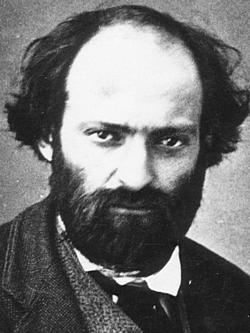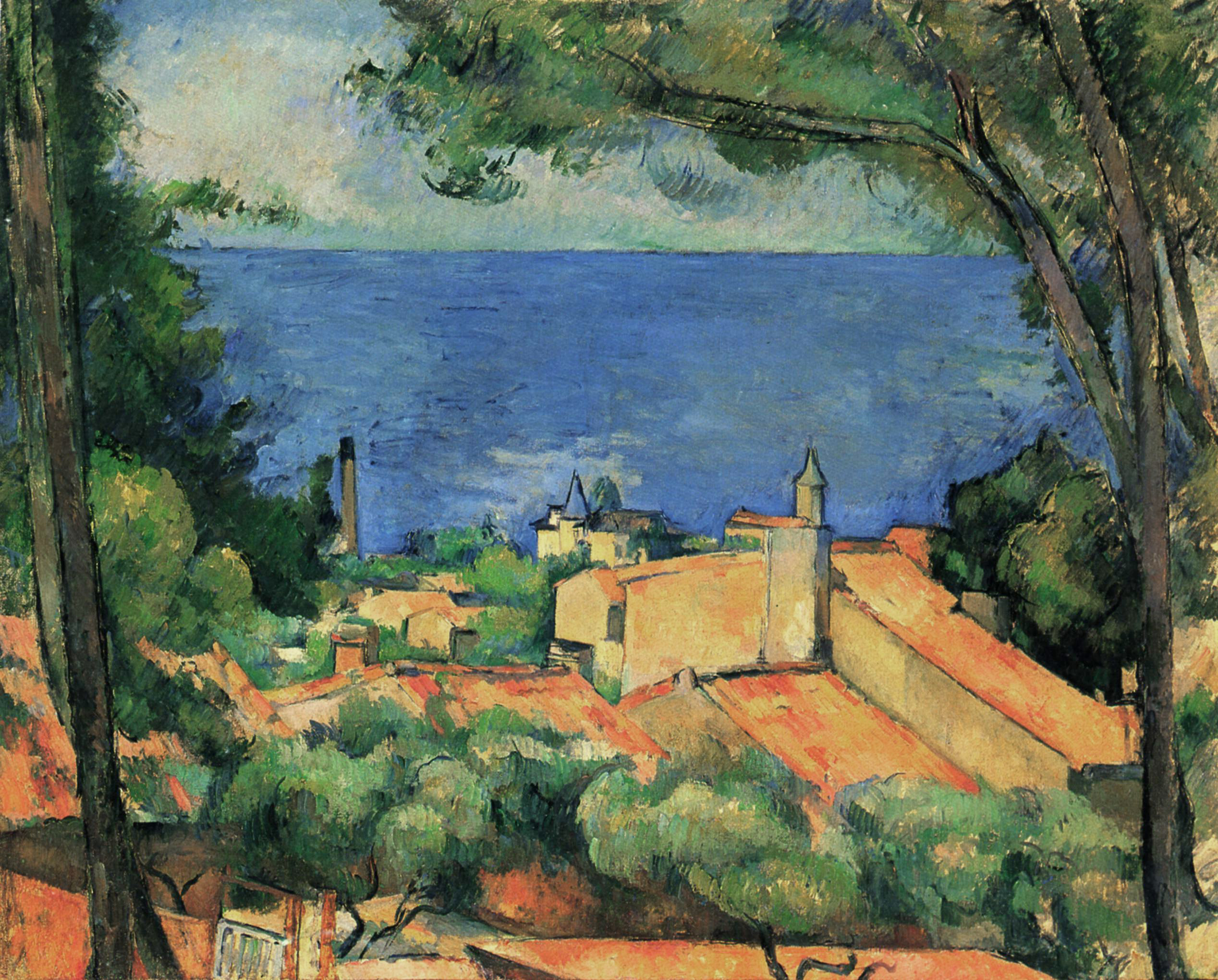4.5: Chansons
- Page ID
- 174368
« Cézanne peint », interprétée par France Gall.
Ecoutez la chanson et répondez aux questions suivantes pour décrire le rythme.
- De quel peintre parle-t-elle?
- Quel est le bruit de fond au début de la chanson?
- Quel est le refrain?
Ecoutez la chanson encore une fois et rempissez les trous.
Silence les [1]
Sur les branches immobiles
Les arbres font des [2]
Et des [3] subtiles
Silence dans la maison
Silence sur la colline
Ces [4] qu'on devine
C'est l'odeur de [5]
Mais voilà l'homme
Sous son chapeau de paille
Des [6] plein sa blouse
Et sa barbe en bataille
Cézanne peint
Il laisse s'accomplir la [7] de ses mains
Cézanne peint
Et il [8] le monde pour nos yeux qui n'voient rien
Si le bonheur existe
C'est une épreuve d'[9]
Cézanne le sait bien
Vibre la lumière
[10] les couleurs
Il y met sa vie
Le bruit de son cœur
Et comme un [11]
Porté par sa voile
Doucement le pinceau
[12] sur la toile
Et voilà l'homme
Qui croise avec ses yeux
Le temps d'un éclair
Le regard des [13]
Cézanne peint
Il laisse s'accomplir le [14] de ses mains
Cézanne peint
Et il éclaire le monde pour nos yeux qui n'voient rien
Si le bonheur existe
C'est une [15] d'artiste
Cézanne le sait bien
Quand Cézanne peint
Cézanne peint

Trouvez 5 images ou métaphores dans cette chanson.
En groupes de 2 ou 3 étudiants, choisir une saison (été, automne, hiver ou printemps) et écrire 6 vers avec des images similaires à celles trouvées dans cette chanson.
Modèle :
Automne malade et adoré
Tu mourras quand l’ouragan soufflera dans les roseraies
Quand il aura neigé
Dans les vergers
Les âmes comme des feuilles mortes
Chercheront en dansant à retrouver des forces


